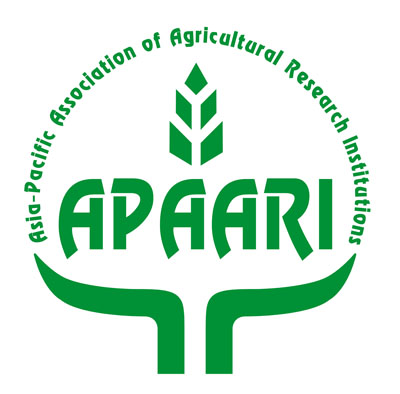Gene editing is the new advanced tool for crop improvement that may contribute significantly to sustainable food production. It can do so making crops efficient in the use of soil and water resources and developing pest and disease-resistant crops to bring down pesticide usage. Making crops tolerant of severe climate conditions and also help remove access of carbon from the atmosphere by engineering not only plants but also livestock with the desired traits.
If we take a detailed view of carbon sequestration, gene editing can enormously contribute towards improving photosynthesis that in turn would help plants in removing a considerable amount of carbon emissions from the atmosphere. Gene editing can be used to allow plants harness about 12 per cent of the sunlight that lands on them, thereby increasing the photosynthesis rates of the plants. It can speed up the process of growth in trees and may even expand roots which enhances carbon absorption.
Agriculture industry emits a large number of gases which are not environment-compatible. Effective deployment of gene editing techniques in growing plants can help in curbing the emissions generated through agricultural activities. It can achieve that through crop improvement – by making the crop more climate-resilient and improving their resistant traits in fighting against pest and disease attacks.
Sadly, a significant portion of food produced does not reach consumers’ platter as a substantial quantity of produce gets deteriorated due to delays in the supply chain. Research to increase keeping quality of products to stay fresh for a longer duration, when left unattended with no undue browning or bruising, will also keep the atmosphere cleaner as well as contribute towards global food security.
.
There persists myopia about the gene-edited crops being unnatural and unsafe among many stakeholders in public which is a misconception. Instead, gene-editing researches are being carried out globally to allow inclusion in the food biotech and agriculture. It is the safest, quickest and most precise method of obtaining desired traits in a plant species without introducing any foreign DNA. More resilient crops will function better in the changing environment. Gene-editing, in every sense, is superior to other methods of breeding which are either slow or difficult to adopt.

